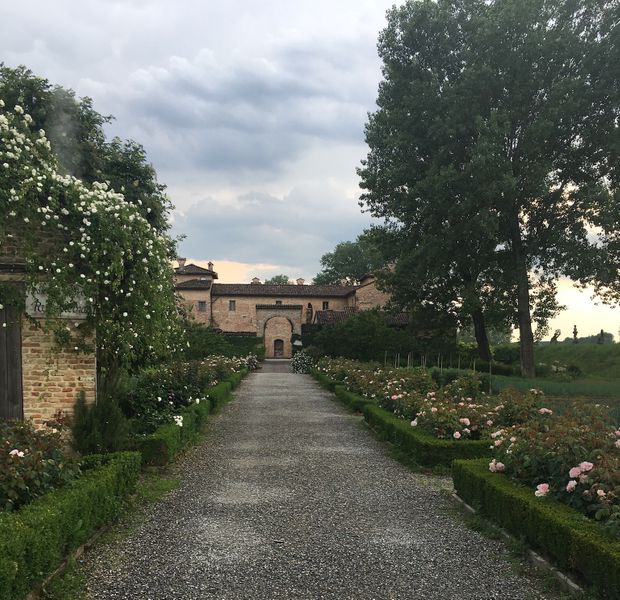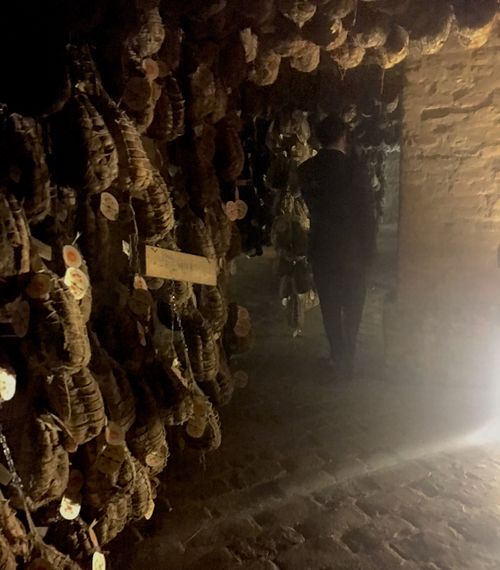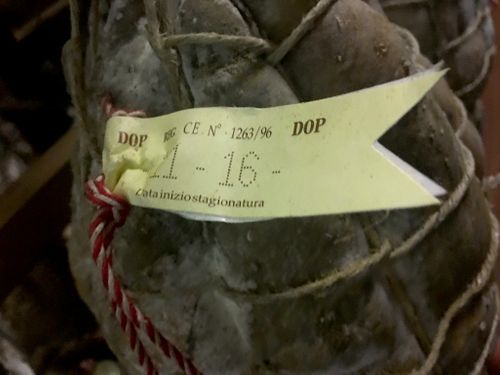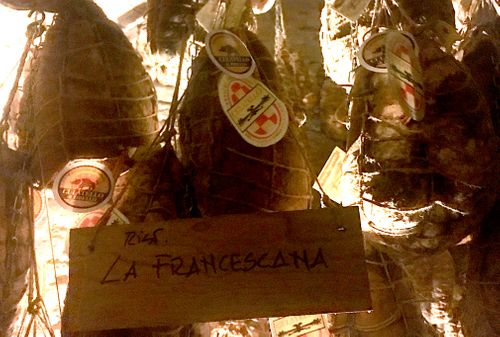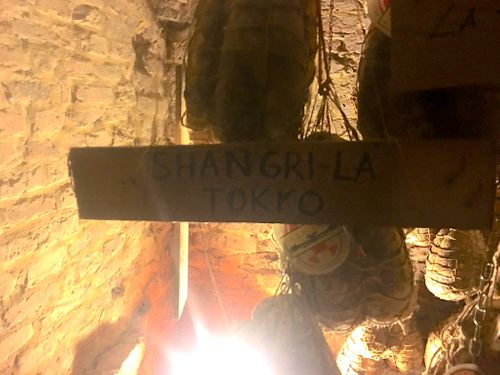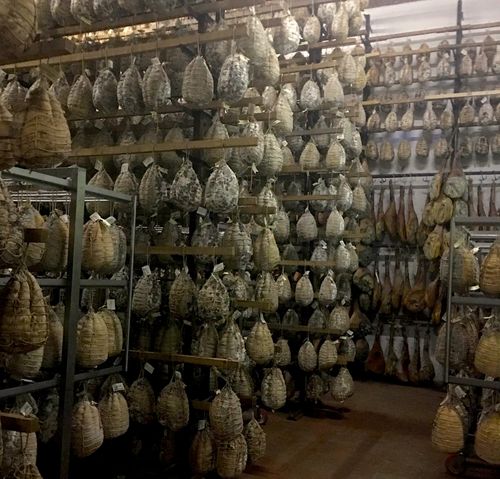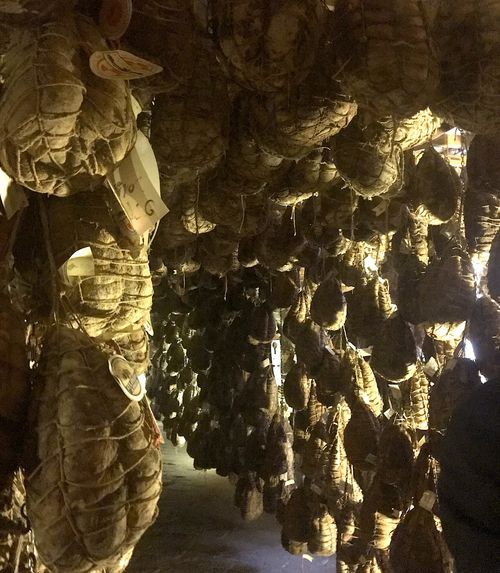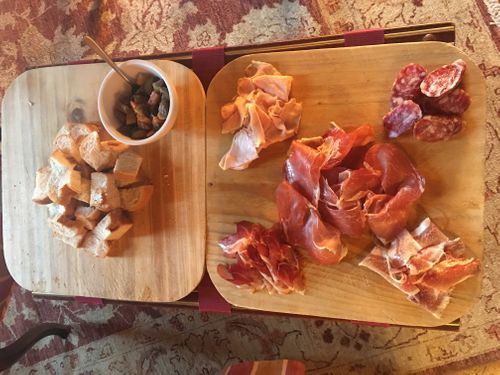The Culatello that originated there was once used in the extravagant banquets held in the Sforza Castle. Today, these historic chambers have been restored to their original purpose, and Culatello di Zibello is now available for the world to enjoy, thanks to Chef Massimo Spigaroli, proprietor and Chef at Antica Corte Pallivincina.
During our visit, we learned that only 8 specific villages close to the River Po specialize in creating this particular meat and that historically, Culatello was the first variety of meat to be aged in-house. The area nearest to the River Po has long been the ideal location for the manufacturing of Culatello, due to its relative lack of humidity in comparison to other regions of Italy. In the Middle Ages, the process required to age large pieces of meat was significantly more strenuous and required much more salt than today due to higher humidity levels at that time. Culatello is a much smaller piece of meat, and thus easier to cure, yet quickly became notorious and cherished for its sweet and unique flavor. Only a handful of artisans make the only hams allowed to be labeled Culatello di Zibello DOP and Chef Massimo Spigaroli is considered to be the "maestro".

